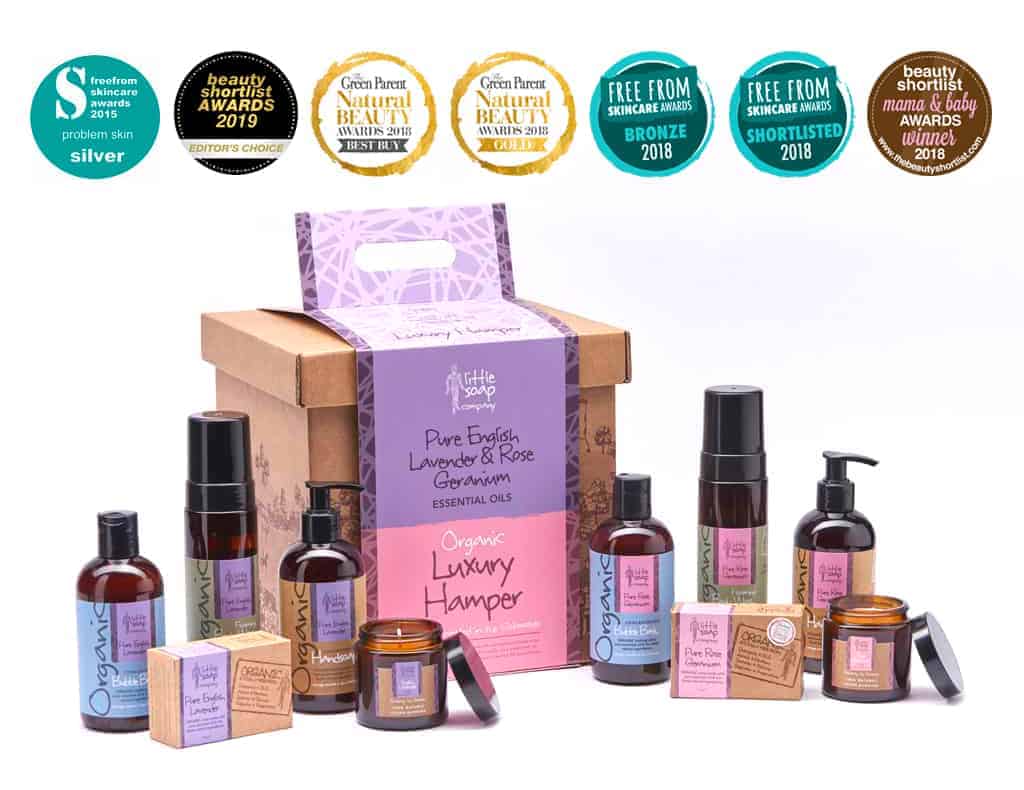 One of the key pieces of advice we tend to give, when it comes to eco-friendly shopping, is to read your labels Research, research, research- and then use that research when you analyse every single label on every single product you buy. This is particularly important when it comes to cosmetics, as there are often added ingredients that may not only irritate your skin, but that may not conform to your ethical beliefs. That said, we know how tricky it can be to read those labels! Manufacturers don’t always want us to know that there are potentially harmful ingredients in their products, and that’s why it’s so important to do that research. This week we’re looking at how to read labels on cosmetic products and sharing our tips with you. Do let us know if you have any questions at all.
One of the key pieces of advice we tend to give, when it comes to eco-friendly shopping, is to read your labels Research, research, research- and then use that research when you analyse every single label on every single product you buy. This is particularly important when it comes to cosmetics, as there are often added ingredients that may not only irritate your skin, but that may not conform to your ethical beliefs. That said, we know how tricky it can be to read those labels! Manufacturers don’t always want us to know that there are potentially harmful ingredients in their products, and that’s why it’s so important to do that research. This week we’re looking at how to read labels on cosmetic products and sharing our tips with you. Do let us know if you have any questions at all.
Little Soap Labels
Before we get into it, we wanted to let you know that we take this very seriously, and for your reassurance you should know that we always provide full ingredient lists for all products online. Plus you can always pop us a message if you’re not sure or want to check. This information is also displayed on our product labels.
We’re super fussy over what we use in our products and choose only the finest natural ingredients that are totally free from detergents, SLS, alcohol, palm oil, parabens, sorbates, silicones, sulphates and preservatives. You can depend on this.
Information that your product should display
Certain key information will be included with any cosmetic product that you buy, and where it’s located depends on design. Generally though, you should expect to find the following:
- The brand and product name
- The product type and description
- An ingredient list
- Symbols, for example the Leaping Bunny
- Product weight or volume (net contents)
- User and storage directions
- Contact details for the manufacturer
Deciphering that information
The most important bits you need to focus on are the ingredients list and the symbols.
- First and foremost, you can check for symbols that refer to whether or not the product is organic, vegan and cruelty free, and whether or not the container can be recycled. Remember that not all products will have the symbols though, so you can always check online to see if your product is cruelty free for example.
- If you’re not sure what a symbol represents, it’s worth doing your own research to find out.
- When it comes to ingredients, you need to first look at their order. Those at the beginning of the list are the ingredients of a higher volume within that product- so you can expect that the lower down in the list they are, the smaller the quantities are that can be found in that product. This does not apply to ingredients that make up less than 1% of the product, as these can be listed in any order.
- Any potential allergens in your product should also be listed, usually after the ingredients.
- Plant ingredients are often listed with their Latin names and common names in brackets, so should be fairly easy to spot.
- Not all ‘difficult to pronounce’ ingredients are bad. Some naturally derived ingredients may sound like chemicals, but are actually perfectly safe to use. Again, if you’re not sure then do your own research.
- Familiarise yourself with the additives that you DO NOT want to find in your products, and what names manufacturers use when including them in their ingredients list.
- Don’t be fooled by a product that claims to, for example, contain Argan Oil. The product may well contain Argan Oil, but if its right down the bottom of the list behind a lot of those ingredients you don’t want, then it might not be the best buy for you. Remember that product labels can be misleading.

